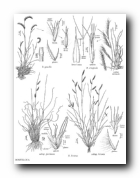
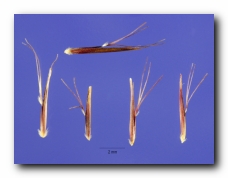
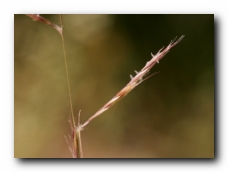
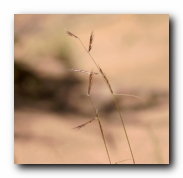
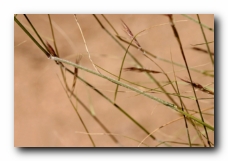
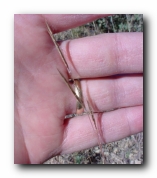
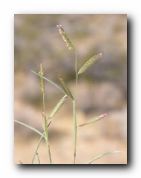
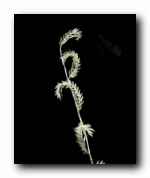
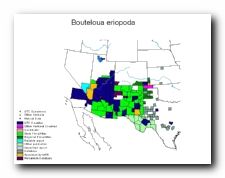
40" Rows:
Broadcast:
0.5 pound pure live seed per acre
1.5 pounds pure live seed per acre
Sandy:
Loam:
Clay:
High
High
Low
Special Notes:
Black Grama (Bouteloua eriopoda) Information #2
| Origin: | Native to North America | |
| Use: | Perennial, warm season, native grass that provides good grazing for wildlife and livestock. | |
| Image: |









|
|
| Plant Description: | ||
| General | Characteristics of Black Grama | |
| Life Span | Perennial | |
| Growth Form | tall, erect to spreading, simple | |
| Management: | ||
| Seeding Rate 40" Rows: Broadcast: |
0.5 pound pure live seed per acre 1.5 pounds pure live seed per acre |
|
| Planting Date | March-May | |
| Planting Depth | less than 0.25 inch | |
| pH requirement | 7.0 to 8.7 | |
| Rainfall requirement | 7 to 19 inches | |
| Soil texture Sandy: Loam: Clay: |
High High Low |
|
| Cold Tolerance: | Moderate | |
| General | Provides good grazing for wildlife and livestock. | |
| ID Features: | This 12- to 24-inch tall grass has weak, crooked, slender, woolly stems which often take root at the swollen fuzzy joints. The internodes usually are green during winter. The seedhead contains three to eight narrow spikes. | |
Special Notes: |
Black Grama (Bouteloua eriopoda) Information #1 Black Grama (Bouteloua eriopoda) Information #2 | |
Regional Adaptation |
||||||||||||||||||
Variety |
Coast Saline Prairie |
Coast Prairie |
East Texas Timberlands |
Claypan Area |
Blackland Prairie |
East Cross Timbers |
West Cross Timbers |
Grand Prairie |
North Central Prairies |
Central Basin |
Edwards Plateau |
Northern Rio Grande Plain |
Western Rio Grande Plain |
Central Rio Grande Plain |
Lower Rio Grande Valley |
Rolling Plains |
High Plains |
Trans-Pecos |
| Grama | X |
X |
||||||||||||||||